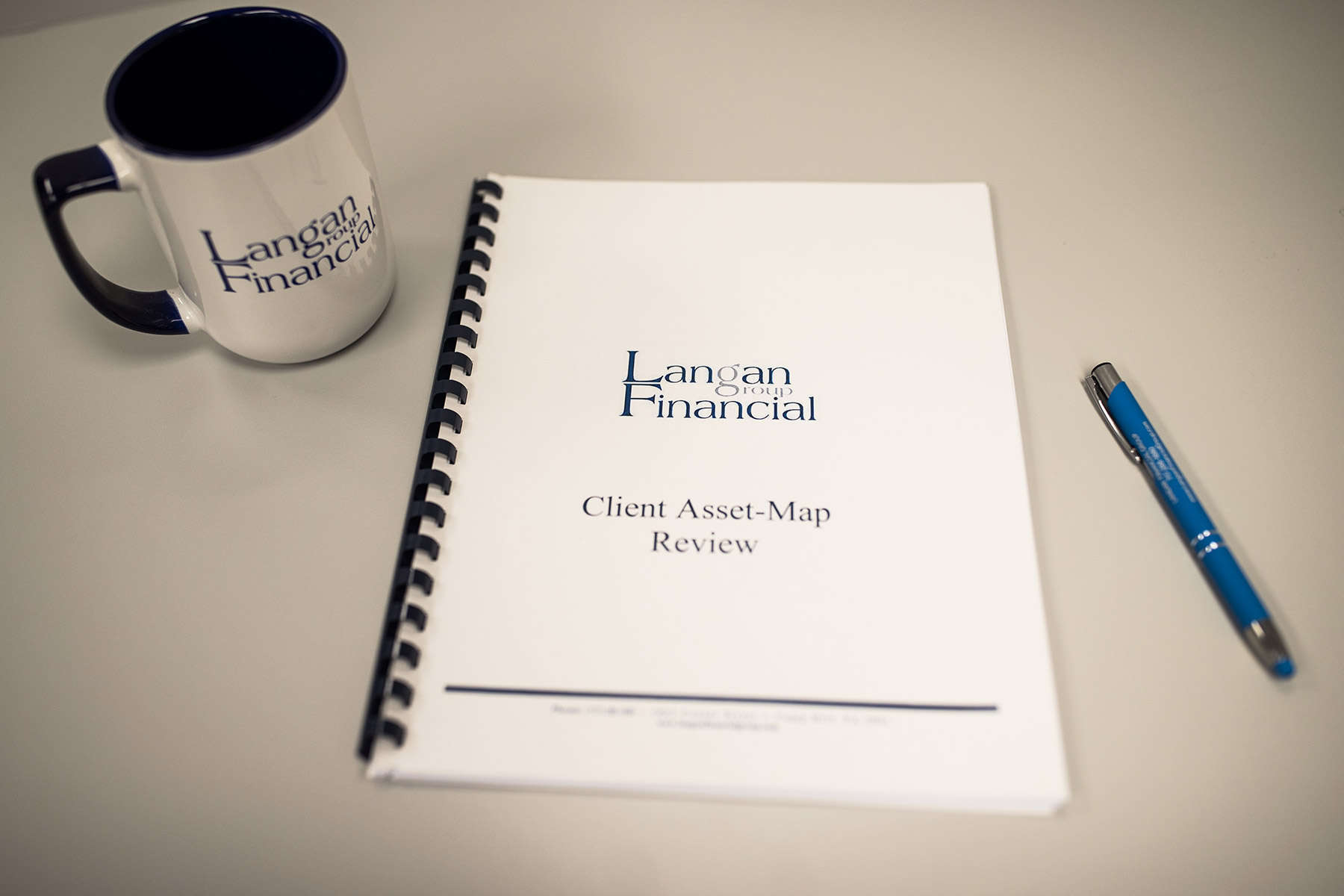Tax harvesting is a strategic investment technique used to optimize tax efficiency in investment portfolios. There are two main types of tax harvesting: tax-loss harvesting and tax-gain harvesting.
Both strategies aim to manage an investor’s tax liability, but they work in different ways and are applicable in different scenarios.

What is Tax-Loss Harvesting?
Tax-loss harvesting is an investment strategy that involves selling securities at a loss to offset capital gains tax liabilities.
This technique allows investors to reduce their overall tax burden by using investment losses to counterbalance gains.
How Does Tax Loss Harvesting Work?
- An investor sells an investment that has decreased in value, realizing a capital loss.
- This loss is then used to offset capital gains from other investments or up to $3,000 of ordinary income.
- The investor can reinvest the proceeds in a similar (but not identical) asset to maintain their desired market exposure.
What are the Benefits of Tax Loss Harvesting?
- Tax Reduction: Tax-loss harvesting can significantly lower an investor’s tax bill in the current year.
- Portfolio Rebalancing: It provides an opportunity to adjust portfolio allocations while minimizing tax impact.
- Deferral of Taxes: This strategy essentially provides an interest-free loan from the government by deferring taxes to future years.
What Are the Risks of Tax Loss Harvesting?
- Complexity: Implementing this strategy effectively requires careful planning and execution.
- Wash Sale Rule: Investors must be cautious not to violate the wash sale rule, which prohibits repurchasing a “substantially identical” security within 30 days.
- Potential for Higher Future Taxes: By lowering the cost basis of investments, it may lead to larger capital gains in the future.

What is Tax Gain Harvesting?
Tax-gain harvesting, also known as capital gains harvesting, involves strategically selling appreciated assets to take advantage of lower tax rates.
How Does Tax Gain Harvesting Work?
- An investor identifies assets that have appreciated in value.
- These assets are sold when the investor is in a favorable tax situation (e.g., a year with lower income).
- The investor may then repurchase the same or similar assets to reset the cost basis higher.
What are the Benefits of Tax Gain Harvesting?
- Lock in Lower Rates: It allows investors to take advantage of current lower tax rates, especially if rates are expected to increase in the future.
- No Wash Sale Rule: Unlike tax-loss harvesting, there are no restrictions on immediately repurchasing the same asset.
- Potential for 0% Tax Rate: In some cases, long-term capital gains can be realized at a 0% tax rate for investors in lower tax brackets.
What are the Risks of Tax Gain Harvesting?
- Immediate Tax Liability: This strategy involves paying taxes sooner rather than later, which may not always be advantageous.
- Market Timing Risk: There’s a risk of missing out on potential gains if the market moves up significantly after selling.

When Should I Use Tax Harvesting?
- High Income Years: Tax-loss harvesting can be particularly beneficial for investors in higher tax brackets.
- Market Volatility: Periods of market decline present opportunities for tax-loss harvesting.
- Portfolio Rebalancing: Both strategies can be used to adjust portfolio allocations while managing tax implications.
- Approaching Retirement: Tax-gain harvesting can be useful for investors nearing retirement who expect to be in a higher tax bracket in the future.
When Should I Not Use Tax Harvesting?
- Low Tax Brackets: Investors in the 10% or 12% tax brackets may already qualify for a 0% long-term capital gains rate, making tax-loss harvesting less beneficial.
- Tax-Advantaged Accounts: These strategies are not applicable to retirement accounts like 401(k)s, IRAs, or 529 plans.
- Long-Term Buy-and-Hold Strategy: For investors who rarely trade and hold positions for very long periods, the benefits may be limited.
- Administrative Burden: If the potential tax savings are minimal, the effort and potential costs of implementing these strategies may outweigh the benefits.
Tax harvesting strategies can be powerful tools for managing investment taxes, but they require careful consideration of an individual’s specific financial situation, investment goals, and tax circumstances.
It’s often advisable to consult with a financial advisor or tax professional to determine the most appropriate approach for your unique situation.
About the Financial Planning Author

Alexander Langan, J.D, CFBS, serves as the Chief Investment Officer at Langan Financial Group. In this role, he manages investment portfolios, acts as a fiduciary for group retirement plans, and consults with clients regarding their financial goals, risk tolerance, and asset allocation.
With a focus on ERISA Law, Alex graduated cum laude from Widener Commonwealth Law School. He then clerked for the Supreme Court of Pennsylvania and worked in the Legal Office of the Pennsylvania Office of the Budget, where he assisted in directing and advising policy determinations on state and federal tax, administrative law, and contractual issues.
Alex is also passionate about giving back to the community, and has participated in The Foundation of Enhancing Communities’ Emerging Philanthropist Program, volunteers at his church, and serves as a board member of Samara: The Center of Individual & Family Growth. Outside of work and volunteering, Alex enjoys his time with his wife Sarah, and their three children, Rory, Patrick, and Ava.
About Langan Financial Group: Financial Advisors
Langan Financial Group is an award-winning financial planning firm with offices in York, Pennsylvania and Harrisburg, Pa.
With over 100+ 5-star reviews, Langan Financial Group is an independent financial planning firm established in 1985, offering a broad range of financial planning services.
With an open architecture platform, our advisors have access to a diverse range of products, free from any sales quotas.
Our team of 9 financial experts, each with unique specialties, enhances our ability to focus on delivering value to our clients.
Disclosure
The content is developed from sources believed to be providing accurate information. The information in this material is not intended as tax or legal advice.
Please consult legal or tax professionals for specific information regarding your individual situation.
The opinions expressed and material provided are for general information, and should not be considered a solicitation for the purchase or sale of any security.
Securities offered through Cambridge Investment Research, Inc., a Broker/Dealer, Member FINRA/SIPC.
Investment Advisor Representative, Cambridge Investment Research Advisors, Inc. a Registered Investment Advisor. Cambridge and Langan Financial Group, LLC are not affiliated.
Cambridge does not offer tax or legal advice.



